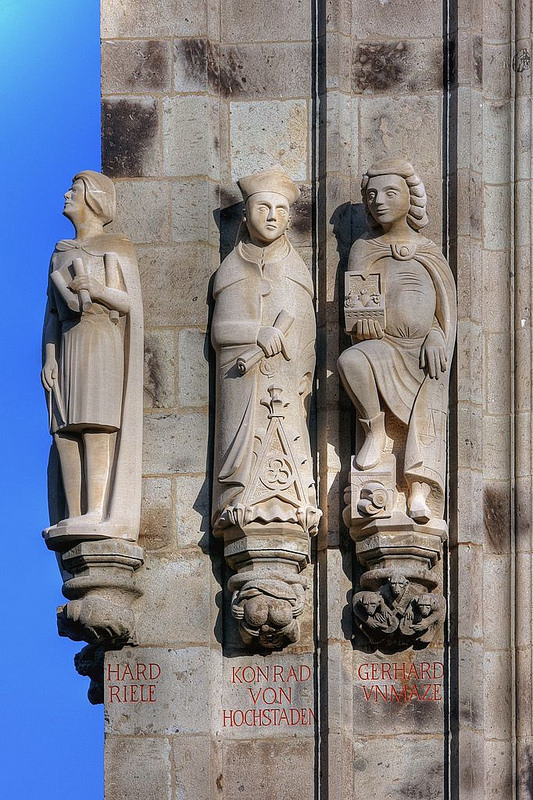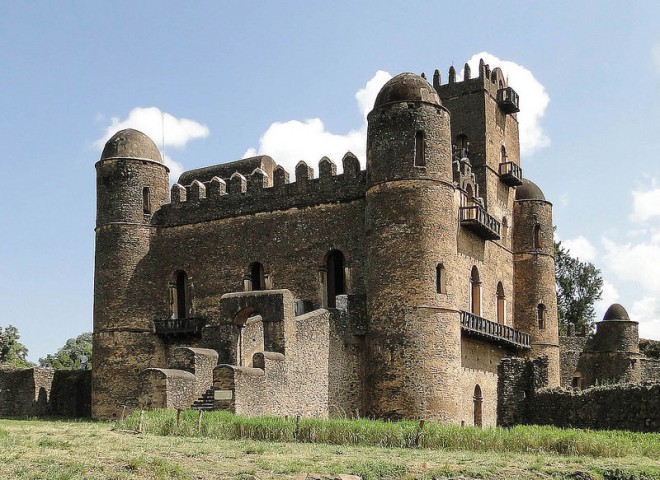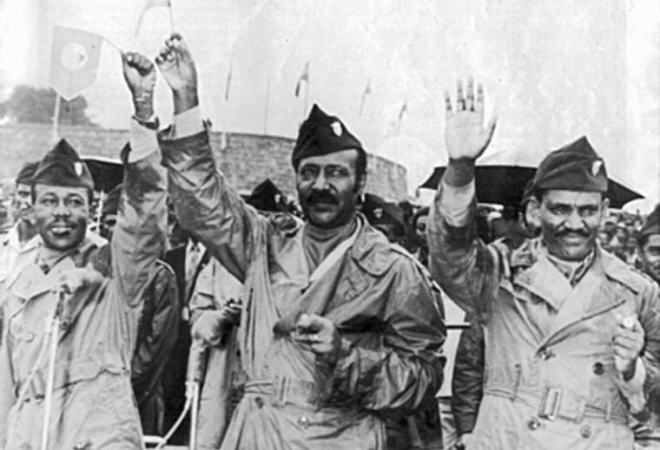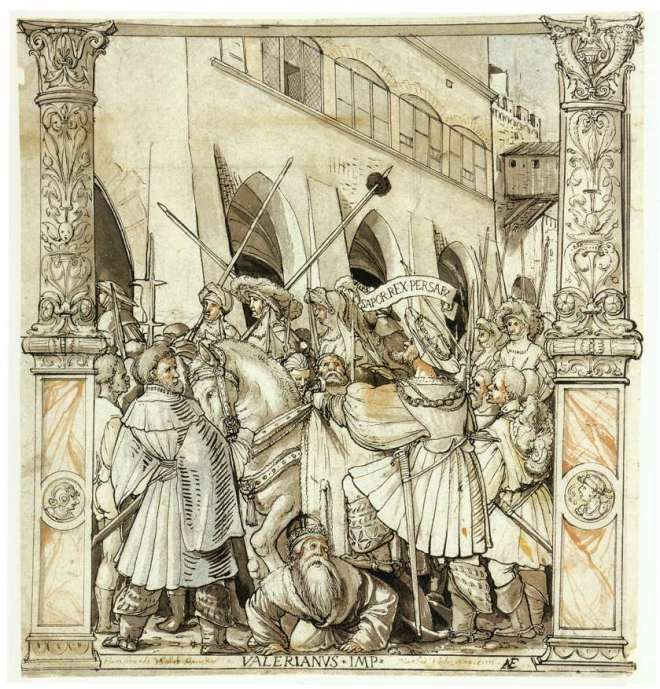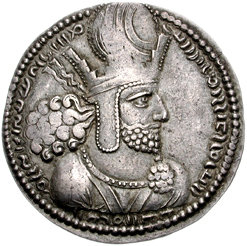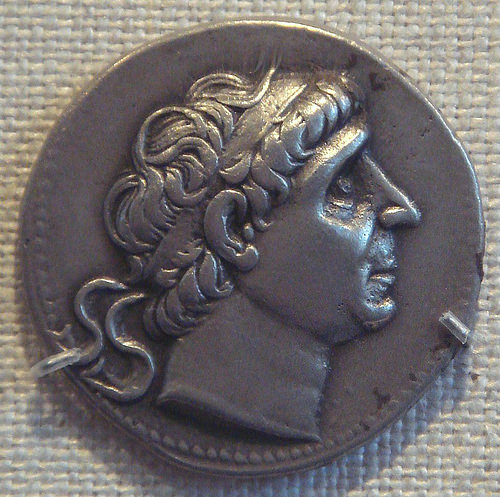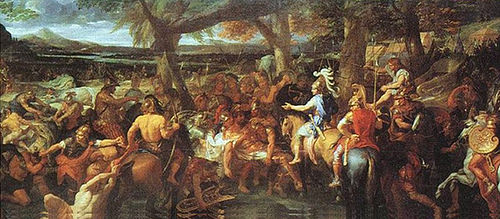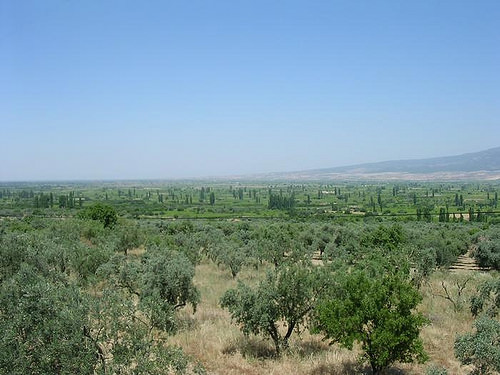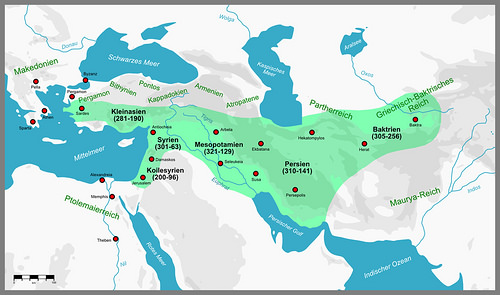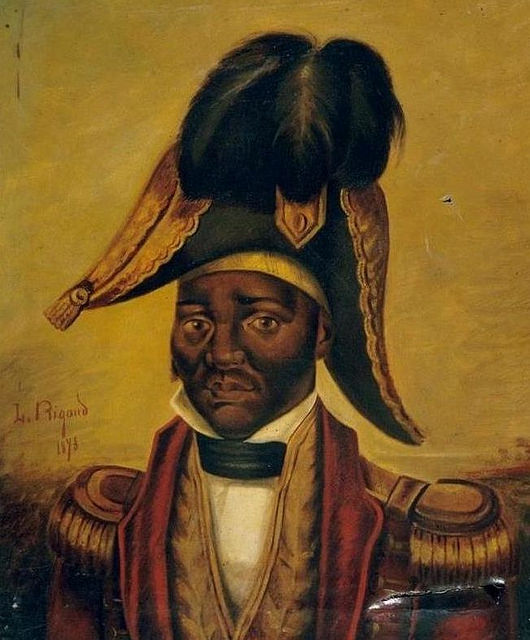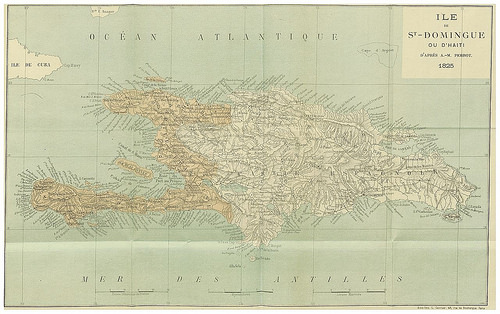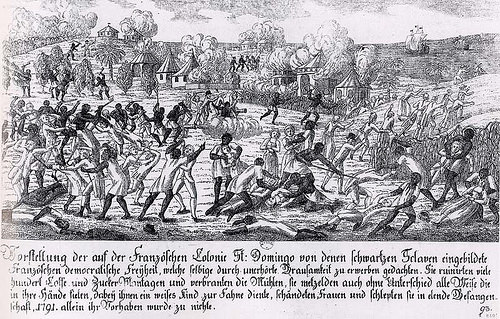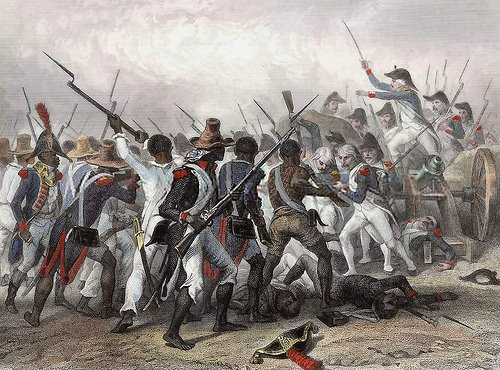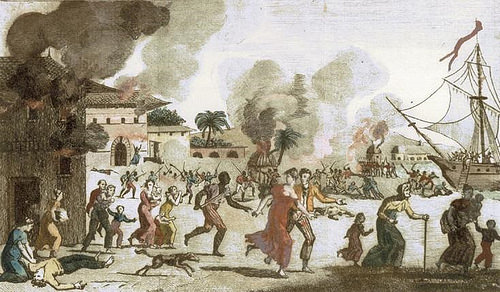The biggest, the first, one of the some multi-ringed craters on Earth. This term scientiests say about Vredefort crater.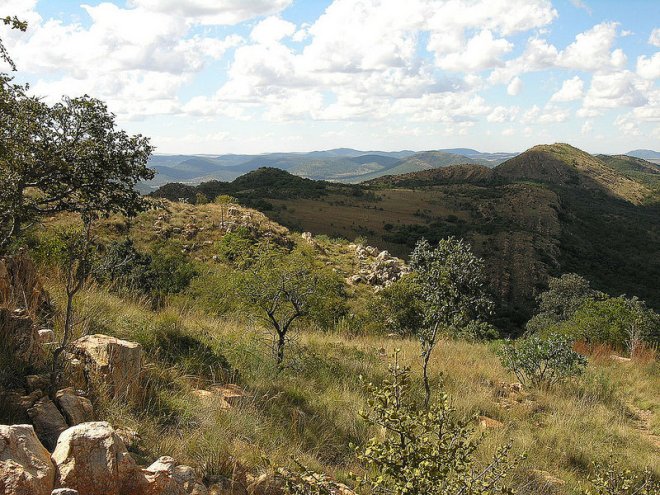
The object of our conversation occurred 2 000 000 000 years BC. For careful people I would say 2023 billion years. The life wasn’t especially rich, all the members of life were just single-celled organisms. As you may know, they don’t boast of precise memory and do not keep own writings, so there are no witness of this event. It occurred in modern-day Southern Africa, but that day the modern city of Vredefort didn’t located in that continent and it was unlikely the South of it. That days a supercontinent had broken but another did not merged yet. But this exlosion occured in one good location. An asteroid with large enough size plopped just into geological plate, that was touched neither by tectonics nor destruction while many other similar objects wrinkled to unrecognizability.
It is believed to be the largest crater in the world, only the suppositional crater in Antarctica is wider, but it has not been proved jet. In the middle of Vredefort crater a mound arises, which appeared after the swash of ground when asteroid fell on the continent and sunk. Vredefort crater is consider the oldest as well, though some expert tell Saharwi crater is more ancient than South Africa’s one.
Many years later, the offspring of European colonists built within this crater the city of Vredefort, after that our crater is called. Vredefort crater hosts other two cities inside themself, the most populous settlement in Shouthern Africa is just on the rim. Some years ago United Nations elected Vredefort crater a Heritage site.
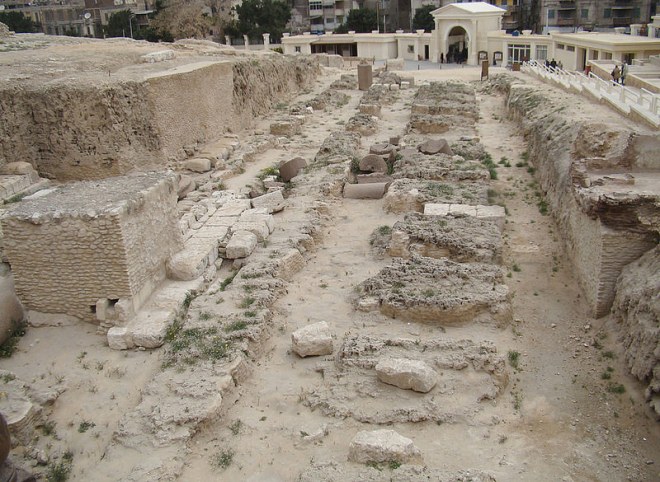
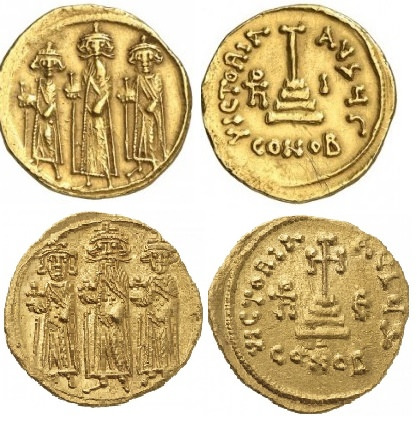
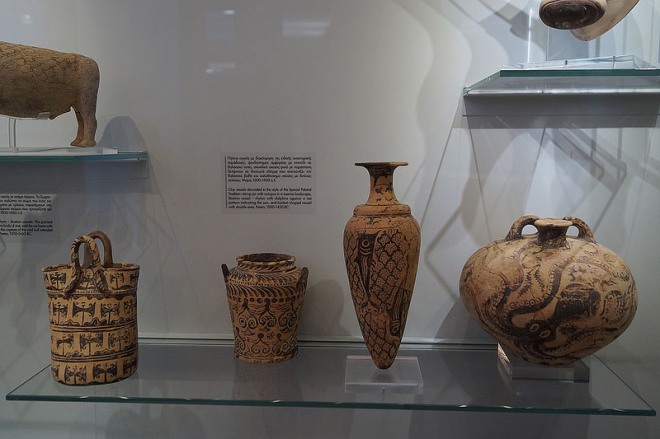
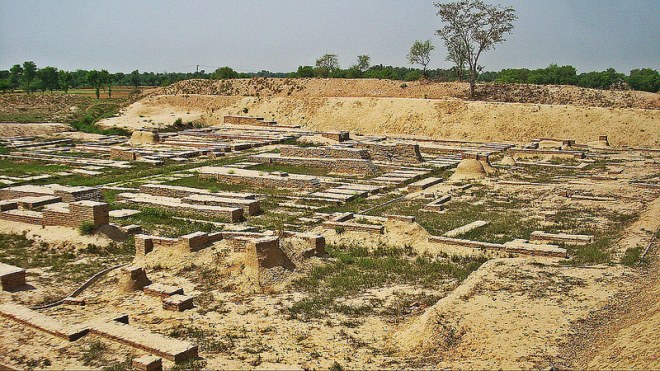
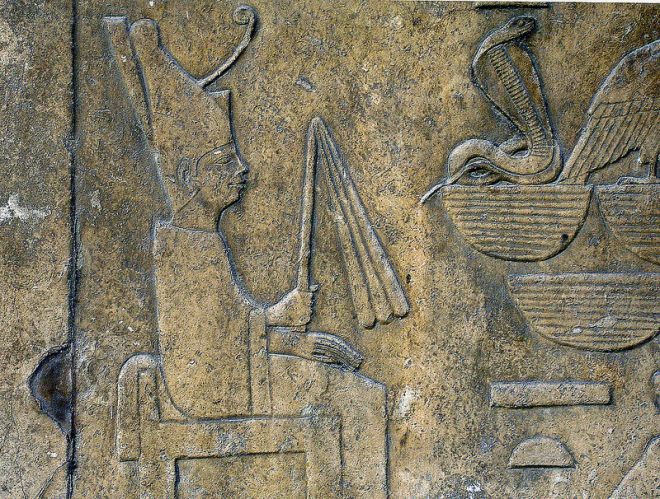
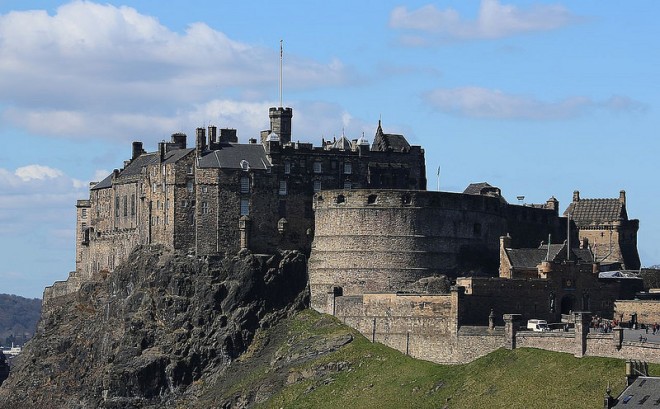
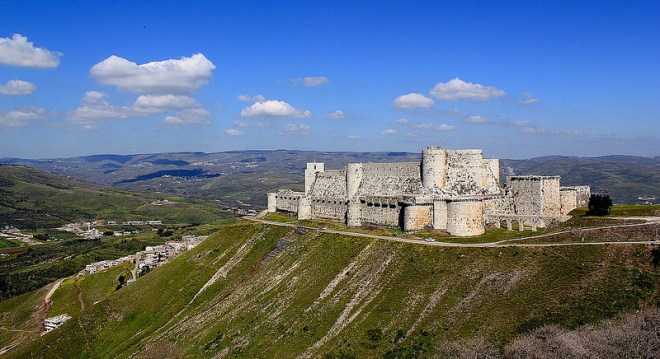

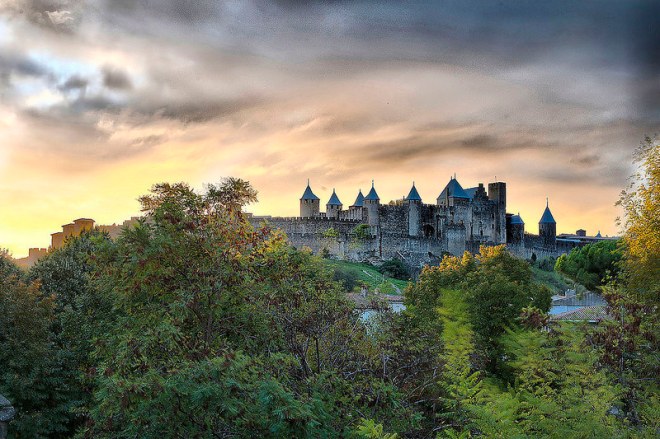
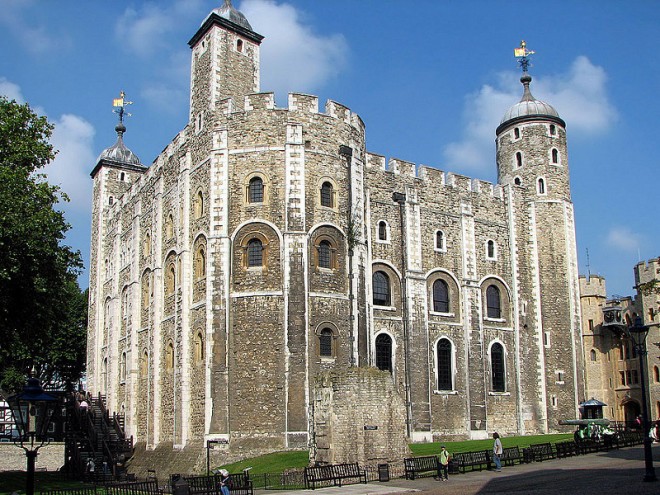
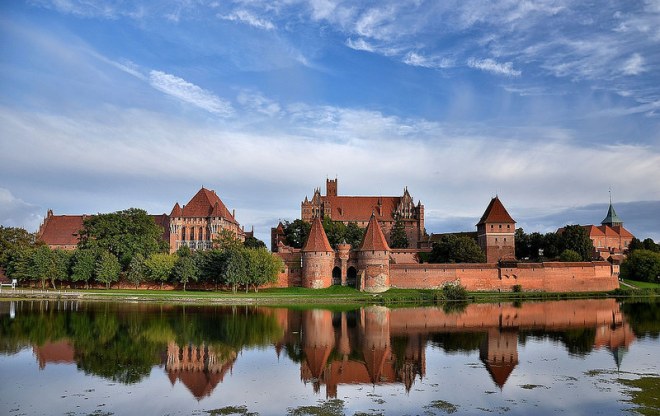

 He, by the way, was
He, by the way, was 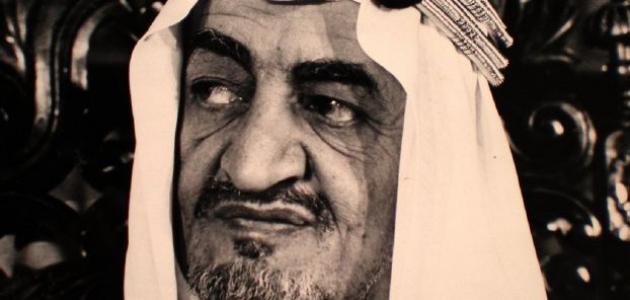 Initially Faisal was considered to be mad, but having thought about him, fellows decided to execute the prince. On the day of the verdict, the cars with loudspeakers urged the people to come and see the the prince’s execution. After the crowd assembled the prince was beheaded with a only stab of the gilded sword, and then his head was put up for a short time on a wooden stake for everyone to see. Then fellows took the body, the head on the stake, and took it all in the ambulance. Probably to provide first aid.
Initially Faisal was considered to be mad, but having thought about him, fellows decided to execute the prince. On the day of the verdict, the cars with loudspeakers urged the people to come and see the the prince’s execution. After the crowd assembled the prince was beheaded with a only stab of the gilded sword, and then his head was put up for a short time on a wooden stake for everyone to see. Then fellows took the body, the head on the stake, and took it all in the ambulance. Probably to provide first aid.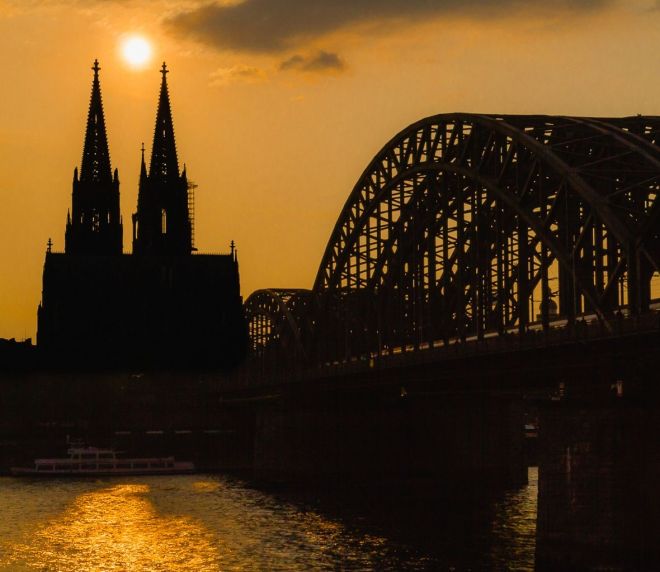 Mr. Konrad von Gochstaden was a son of the canon of the cathedral in Cologne. Unfortunately, almost nothing is known about his childhood. We don’t even imagine in which year
Mr. Konrad von Gochstaden was a son of the canon of the cathedral in Cologne. Unfortunately, almost nothing is known about his childhood. We don’t even imagine in which year 
